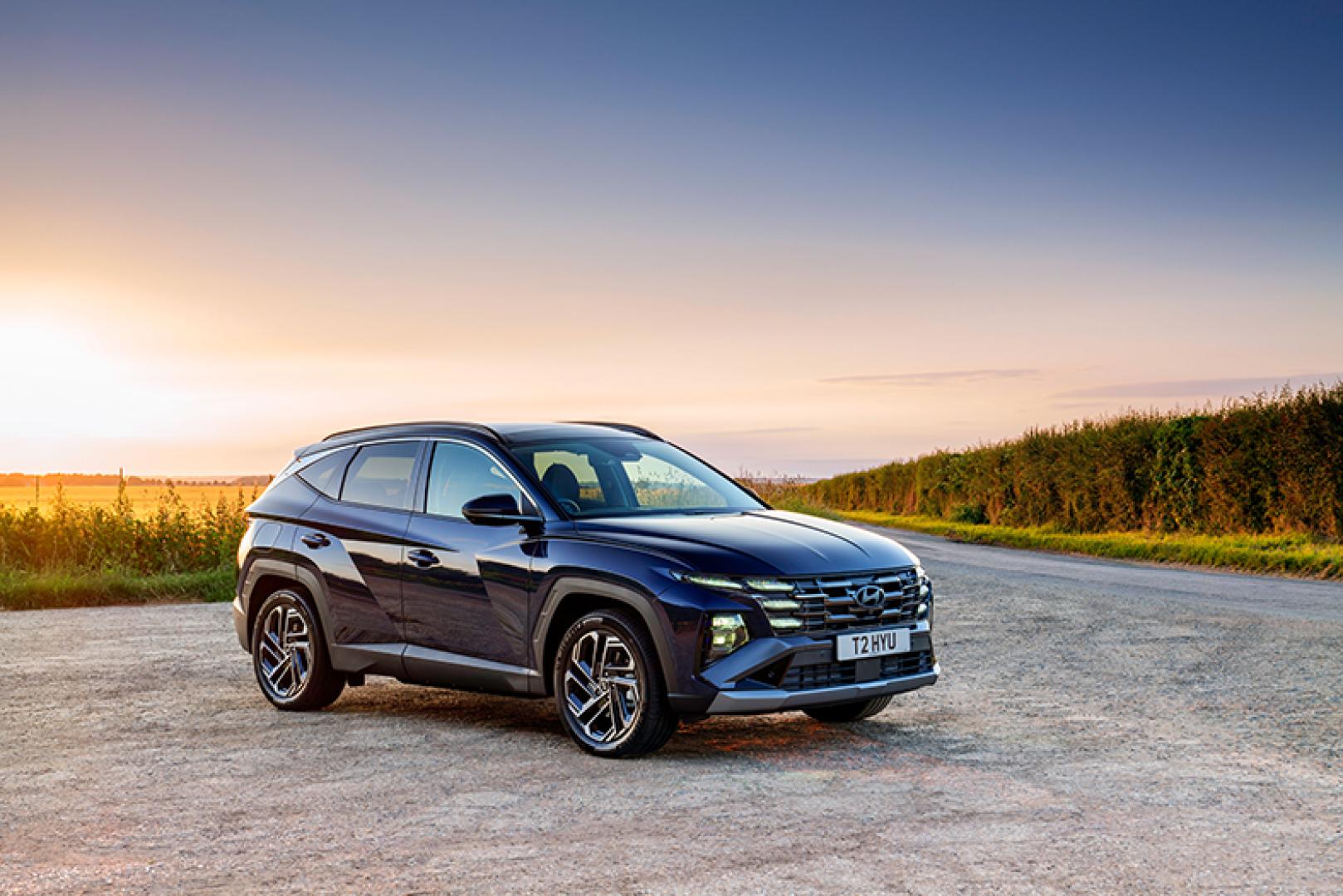Ian Lamming enjoys a moment of clarity after driving the latest Hyundai Tucson
IF YOU are looking for the embodiment of resilience it has to be the automotive industry.
Dictated to by environmentalists, politicians, city dwellers in ivory towers who seldom get behind the wheel because they use public transport, they live under the constant threat of new legislation and punitive measures.
So administrations tax them for this, ban them for that, restrict them for the other. No wonder the industry is left confused and frustrated in equal measure.
Designers and engineers are forced hither and thither by the whims of parliaments, who, if they are honest, are just looking to find other income streams to fill their deficits.
Diesels, petrols, hybrids and full electrics, who knows which to go for this week and which will be taxed to oblivion the next.
It’s no better inside as manufacturers flail wildly between touchscreen tech and old style buttons.
Take Hyundai’s recently upgraded Tucson as a prime example of either indecision or an attempt to please everyone.
In the centre of the fascia sits a touchscreen which you can use for the satnav and excellent infotainment, nothing wrong with that.
Below that is a succession of old-style switches, raised, sprung pieces of plastic, which you can use to locate the map, home page, and operate the radio or music tracks if you Bluetooth your phone to listen to your favourite sounds. I like those, nice and easy to use, find and memorise.
Below that sits a blend of the old and new. Either side of the display sits a couple of chunky knobs with which the driver and front seat passenger can alter the cabin temperature. But between those is a mini flatscreen on which the symbols for the climate control, heated seats and steering wheel are projected. So it’s like having a modern version of a switch but they are in fact touchscreen.
The new panoramic curved display combines a 12.3-inch digital instrument cluster and a 12.3-inch infotainment touchscreen in one seamless unit. It is clear and easy to navigate.
It all works well and because you aren’t completely reliant on the tech side of things Tucson relaxes you into enjoying the interior, which is also immensely practical with cubbyholes galore.
All four generations of Tucson have proved popular and since its launch in 2004, 1.4 million have found homes in Europe and seven million globally.
The latest gets a mild redesign of the exterior too but you’d need old and new standing together to spot the difference. It still boasts radical aesthetics, especially the multiple lights set in the aggressive grille, but it hasn’t dated at all and still looks great. It’s been designed by “parametric dynamics” apparently. Very modern.
It is also a sizeable SUV making it the perfect way to carry people and luggage but it never feels oversized or unwieldy. It’ll happily tackle narrow lanes and congested towns and is easy enough to park.
The other strength of the Tucson is the way it drives. The plug in hybrid melds a 1.6-litre turbocharged petrol engine with a powerful electric motor. Drive with the right foot a ballet dancer and it will run mainly on electric and you’ll see 62mpg register. Hit the open road and use more of the 215PS and 265Nm of torque and that figure drops to 42.
While the powers that be continue to interfere and muck everyone around while they decide how best to save the world and run up some cash into the bargain Hyundai has come up with a more than decent Tucson to try and keep everyone happy in the meantime.
Fact File
Hyundai Tucson N Line S
Engine: 1.6 turbo petrol hybrid
Power: 215PS
0-62mph: 8.5 secs
Top speed: 119mph
Combined MPG: 49.6
Transmission: six-speed automatic
CO2 g/km: 133
Price: £40,325.00






